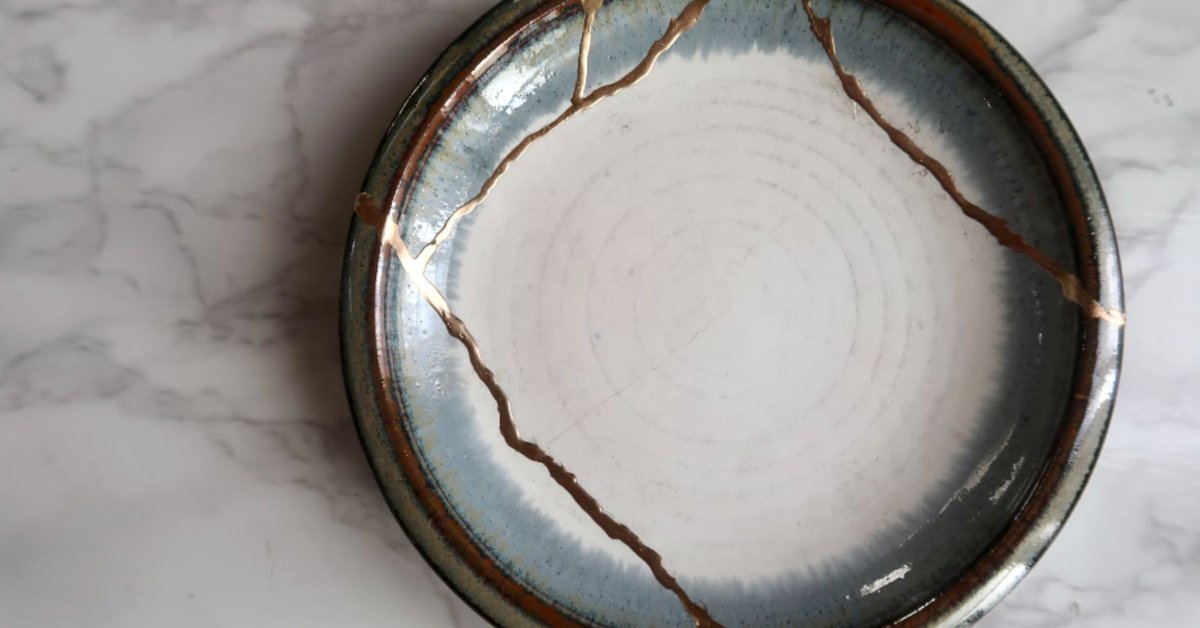
Traditional Japanese Crafts and How They Are Made
Japan is a land of deep cultural heritage and meticulous craftsmanship. Its traditional crafts, known as "dentou kougei" (伝統工芸), have been perfected over centuries and remain integral to its cultural identity. This article delves into the world of traditional Japanese crafts, exploring their historical significance and the intricate processes that bring them to life.
1. Washi (Japanese Paper)

Washi is a traditional Japanese paper celebrated for its strength and elegance. Its creation is an art form that requires patience and precision.
Process:
Harvesting: The inner bark of the mulberry tree, gampi tree, or mitsumata shrub is harvested and stripped.
Boiling: The bark is boiled to soften the fibers and remove impurities.
Beating: The softened fibers are beaten to a pulp, enhancing their pliability.
Formation: The pulp is mixed with water and spread onto a bamboo screen, then shaken to interweave the fibers.
Drying: The wet sheets are pressed to remove excess water and then dried on wooden boards in the sun.
Significance: Washi is used in traditional arts such as origami, calligraphy, and lantern-making. Its durability and texture make it a favorite among artisans and craftsmen.
2. Kintsugi (Golden Joinery)

Kintsugi is the ancient art of repairing broken pottery with a lacquer mixed with powdered gold, silver, or platinum. This technique celebrates imperfection, turning flaws into beautiful features.
Process:
Cleaning: The broken pieces are meticulously cleaned.
Adhesion: Lacquer is applied to the edges, acting as an adhesive.
Dusting: The lacquer is dusted with powdered gold or another precious metal.
Assembly: The pieces are reassembled, with the lacquer creating golden seams.
Curing: The piece is left to cure for weeks, ensuring the lacquer hardens properly.
Polishing: The repaired areas are polished, enhancing the shine of the gold.
Philosophy: Kintsugi is rooted in the Japanese philosophy of "wabi-sabi," which finds beauty in imperfection and transience.
3. Urushi (Lacquerware)

Urushi lacquerware is a traditional Japanese craft involving layers of sap from the urushi tree, creating pieces that are both beautiful and durable.
Process:
Sap Collection: The sap is collected from the urushi tree, a process that requires great care to avoid damaging the tree.
Refinement: The sap is refined to remove impurities and achieve the right consistency.
Layering: Multiple layers of lacquer are applied to a wooden core, each layer being polished and cured before the next is added.
Decoration: Techniques such as maki-e (sprinkling gold or silver powder) and raden (inlaying mother-of-pearl) are used to embellish the lacquerware.
Durability: Urushi lacquerware is not only stunning but also incredibly durable, often lasting for centuries.
4. Yuzen (Silk Dyeing)

Yuzen dyeing is a sophisticated technique used to decorate silk fabrics with intricate patterns, often seen in kimonos.
Process:
Designing: A detailed design is drawn on the silk with a rice-paste resist.
Dyeing: The silk is dyed, with the resist preventing dye from penetrating certain areas, creating the pattern.
Steaming: The fabric is steamed to set the dyes.
Washing: The resist is washed away, revealing the detailed pattern.
Final Touches: Additional hand-painting and gold-leaf applications enhance the design.
Cultural Significance: Yuzen is especially prominent in Kyoto and is used in making luxurious kimonos and other garments.
5. Edo Kiriko (Cut Glass)

Edo Kiriko is a traditional glass-cutting craft from Tokyo, characterized by its intricate patterns and dazzling clarity.
Process:
Glass Blowing: Molten glass is blown into the desired shape.
Marking: Designs are marked on the glass using stencils.
Cutting: Craftsmen use diamond-tipped tools to cut the glass along the marked lines.
Polishing: The cut surfaces are polished to enhance their brilliance.
Unique Appeal: Edo Kiriko is prized for its elaborate designs and the play of light within the cut glass, making each piece a work of art.
Conclusion
Traditional Japanese crafts embody the spirit of Japan's cultural heritage, combining meticulous craftsmanship with profound philosophical underpinnings. Each craft, from the resilient washi to the radiant Edo Kiriko, tells a story of dedication, artistry, and an enduring appreciation for beauty. By understanding these crafts and the intricate processes involved, visitors can gain a deeper appreciation of Japan's rich cultural tapestry. Whether you are exploring Japan or admiring these crafts from afar, they offer a unique window into the soul of Japanese artistry.
JTI | Japan Travel Itinerary
Empowering your travel dreams with bespoke itineraries crafted by our expert team, independent of vendors for truly personalized experiences.
この記事が気に入ったらサポートをしてみませんか?
